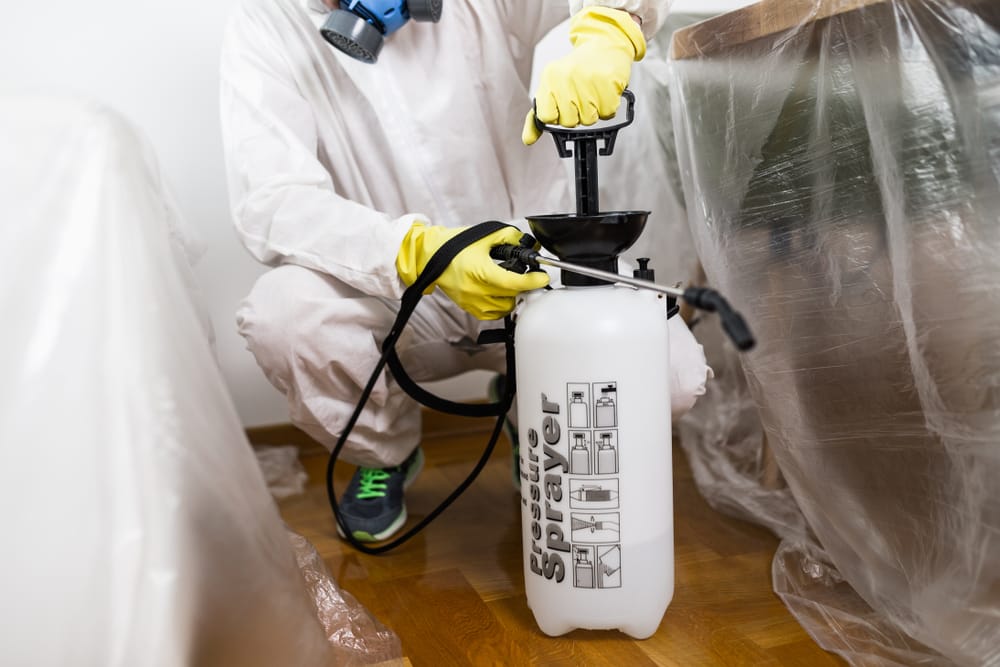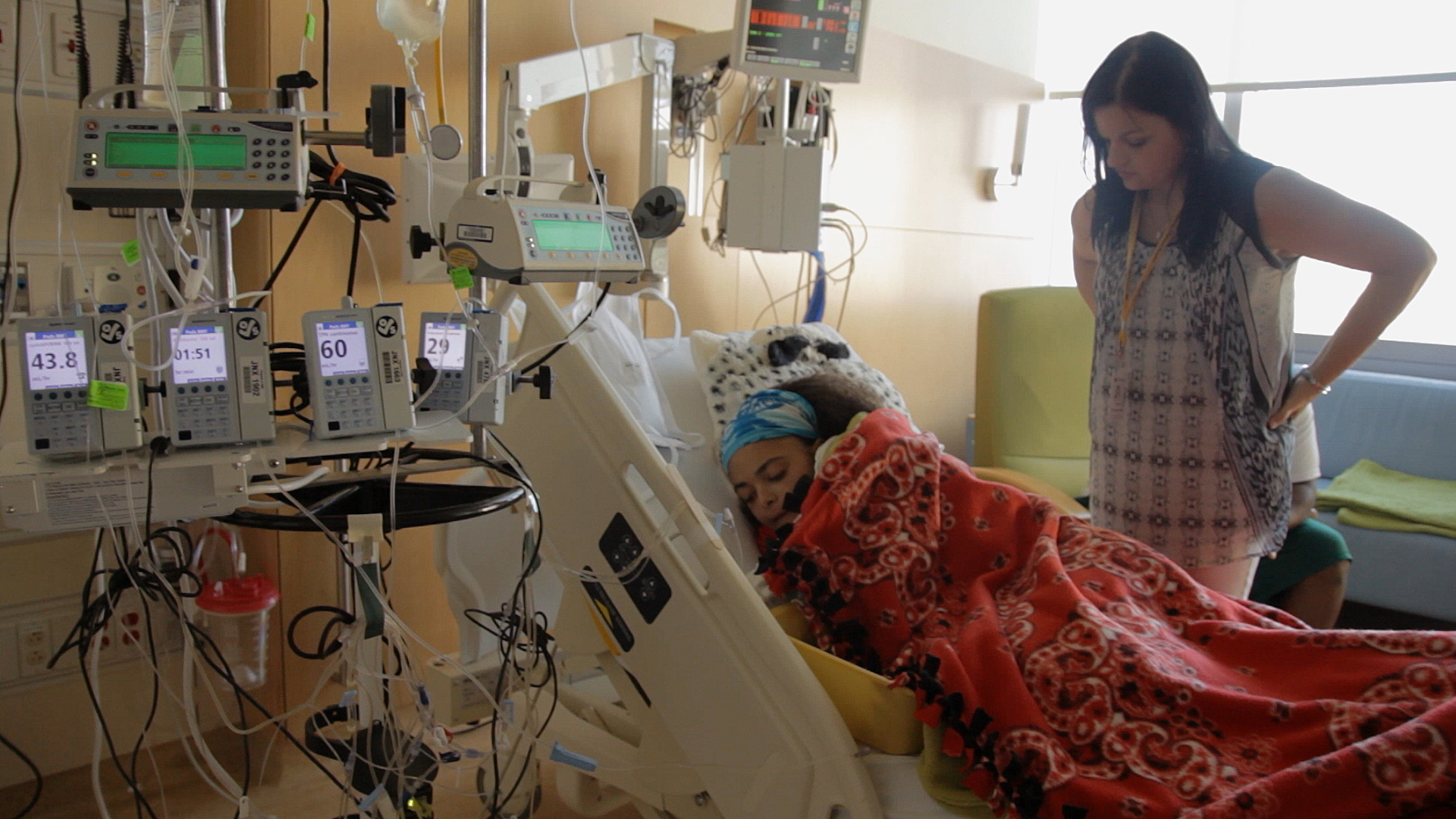What is a bone marrow transplant?
A stem cell transplant, also known as bone marrow transplant, is a procedure in which the patient receives healthy stem cells (blood-forming cells) to replace their damaged stem cells. It is mostly used to treat an underlying blood disease and involves the use of high doses of radiation or chemotherapy. The healthy stem cells can be obtained from the blood or directly from the bone marrow of the patient or a donor.
Based on the donor, a stem cell transplant can be of different types –
- Autologous – patient’s own stem cells are collected and transplanted back after chemotherapy
- Allogeneic – stem cells are taken from a related or unrelated donor
- Syngeneic – stem cells taken from a twin
- Cord blood – umbilical cord blood which contains stem cells
Different diseases require a different type of transplant, and the doctors finalize the type of bone marrow transplant based on the same.
A bone marrow or a cord blood transplant can be the best treatment option to cure patients with leukemia, lymphoma, sickle cell anemia, and other diseases. With further progress in science, more and more diseases are being cured with transplants.
Cost of bone marrow transplant in India depends on the following factors –
- Type of blood cancer or disease that is being treated
- Age of the patient
- Type of the transplant – autologous or allogenic
- Type of the donor – full match or a half-matched donor
Who can become a donor?
People who are between the ages of 18-55 and are otherwise having general good health can become potential bone marrow donors. In some countries, pre-registration is also possible from the age of 17.
How can I find matched donors?
The person who is willing to donate has to undergo a series of tests for successful clearance. They are told to collect cells from their cheek with a cotton swab. Alternatively, a blood sample can also be taken.
These samples are then processed to determine the person’s HLA match. Depending on the requirement by the patient, this HLA is matched with the patient’s and the process continues.
Once the doctors are able to confirm the match, they inform the donor about the procedures, benefits, and risks of the process.
When can a person not donate their bone marrow?
- If the donor is underweight (below 50 kgs)
- If the donor is overweight (BMI above 40)
- Severe illnesses of the central nervous system/mental illness
- Systematic autoimmune diseases (such as diabetes or rheumatism)
- Rheumatism
- Cancer
- Addiction (alcohol, illicit or prescription drugs)
- Severe heart diseases
- Severe lung diseases
- Severe metabolic diseases
- Blood disorders
What are the weight restrictions for donors?
The number of blood stem cells that can be collected during the process depends on multiple things.
One main parameter that is noted is the weight of the donor. It is generally possible to collect more stem cells from a person whose weight is more.
The number of stem cells collected has to be high because the higher the stem cells transfused, the better is the success of a bone marrow transplant. To keep these points in mind, donors whose weight is under 50 kgs are not advised to become donors. This is the reason why there is a minimum weight for the donors. In cases, where the donor is weighing appropriately, the number of stem cells collected is also higher, and it results in better results.
If the donor has a low weight, the cells collected during the donations are also less, resulting in a reduced success rate of the transplant for the patient.
Ideal recommendation for the minimum weight of a donor is hence 50kgs.
Obesity is also a ruling parameter when determining a donor (BMI>40)
For being a successful donor, and donating the stem cells, there is a maximum Body-Mass-Index limit is 40.
While a blood stem cell donation is otherwise a very safe procedure for the donor, there are certain complications that can arise due to some pre-existing conditions.
Obesity is one of those pre-existing conditions, that might result in some delayed side effects from the donation.
Severe obesity is an issue because it might lead to two possible processes through which a donation occurs. These are peripheral blood stem cell donation and bone marrow collection. This puts a threat to the donor’s health.
Another complication that can arise is – the higher required need for anesthesia for an obese donor.
This increased need for anesthesia puts the donor in a higher chance of contracting some complications also.
In obese donors, the collection might be impossible due to restricted access. Peripheral stem cell donation comes with unforeseeable risks, such as difficulty in maintaining the correct dose of medicine after the donation. These might increase the side effects. The likelihood of such complications ends up increasing with severe obesity. The maximum weight limit is not mentioned, but the BMI is checked and kept as a ruling parameter for the same.










